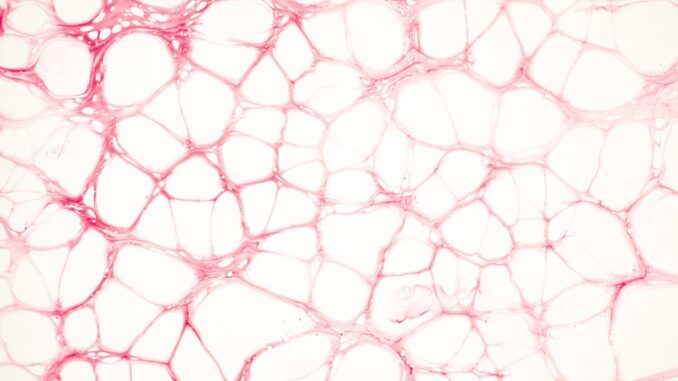
Summary
Researchers at the Technical University of Munich have developed a groundbreaking new microscopy technique called nuclear spin microscopy. This innovative approach uses quantum sensors to convert magnetic resonance signals into optical images, providing incredibly detailed views of cells and tissues. The potential applications of this technology are vast, ranging from cancer research to materials science.
Secure patient data with ease. See how TrueNAS offers self-healing data protection.
** Main Story**
Okay, so check this out – researchers at the Technical University of Munich (TUM) have come up with something pretty wild: nuclear spin microscopy. It’s like, they’re using quantum sensors to turn MRI signals into actual optical images, which is a game changer when you’re trying to visualize tiny biological structures. This isn’t just some incremental improvement, it’s published in Nature Communications too. So, you know it’s legit.
How Does It Actually Work Though?
Think about regular MRI scans. We all know they’re great for seeing inside the body, organs, tissues, the works. But, they don’t have the best resolution, you know? This new nuclear spin microscopy takes that and kicks it up a notch. I’m talking seeing individual cells clearly. How insane is that?
Here’s the cool part. It all boils down to a tiny diamond chip, which they’ve tweaked at the atomic level so it acts as a quantum sensor for MRI magnetic fields. When you shine a laser on this diamond, it glows, giving off a fluorescent signal with all the MRI data encoded into it. Then, a super fast camera snaps a pic of that signal, creating an image with crazy high resolution, like, up to ten-millionths of a meter. It’s kinda mind-blowing, isn’t it?
That resolution bump? It’s because they’re converting magnetic resonance signals into optical signals. Cameras love optical signals and capturing them is relatively easy, therefore creating a visual representation of the microscopic world! I mean, who would have though?
The Potential is Huge
Honestly, the potential is enormous, especially in medicine:
- Cancer Research: Imagine being able to study cancer cells in this much detail. Researchers could get a much better handle on how tumors grow and spread. And, as a result? This means earlier diagnoses, more effective treatments.
- Pharmaceutical Research: Visualizing cells like this could completely change drug discovery. You could literally watch how drugs interact with cells, spot side effects more easily.
- Materials Science: It’s not just for medicine, either. This could be huge for materials science, giving us new ways to analyze materials at the nanoscale. For example, the other day, I was reading how this tech can be used to identify weaknesses in the materials used for planes, which is super important for passenger safety.
From Lab to Startup
And get this: there’s already a startup, QTAS, built around this tech. Their big goal? To use this magnetic resonance microscopy to spot cancer cells early. They even snagged the Medical Valley Award 2024 from the Bavarian Ministry of Economic Affairs, pretty cool huh?
This new kind of microscopy, it’s really a different way of looking at medical imaging. It’s like getting a super-powered lens for the microscopic world. Now, it’s still early days, this is as of March 3, 2025, but the possibilities are huge. Professor Dominik Bucher and his team at TUM are working hard to refine the tech. Of course, funding from the Bavarian State Ministry of Science and the Arts and the Federal Ministry of Education and Research is helping move things along. It is going to be something pretty special, I think, but who knows what the future holds. I would love to see this get rolled out mainstream and start helping folks in hospitals. It’s a long road though, and you never know what bumps are on the way.


Given the reliance on diamond chips with atomic-level tweaks, what are the primary challenges in scaling production to meet potential demand in medical and materials science?
That’s a great question! Scaling the production of these diamond chips with atomic-level precision is definitely a hurdle. Maintaining the uniformity and quality of these sensors across large volumes will require significant advancements in fabrication techniques. It will also be critical to keep the costs down to make the technology widely accessible. What innovative manufacturing solutions do you think could help?
Editor: MedTechNews.Uk
Thank you to our Sponsor Esdebe
Ten-millionths of a meter resolution? Suddenly, I feel inadequate about my own vision. I can barely find my glasses, let alone spot sneaky cancer cells. Perhaps this tech could be adapted to help me locate my keys.